Botswana’s Best National Parks for an Authentic Wildlife Safari Experience
16 - 04 -2025
If you’re looking for a safari that’s exclusive, eco-conscious, and far from the crowds, Botswana should be at the top of your list. While Kenya draws attention for its iconic Great Migration and bustling savannahs, Botswana safari experience is one of the best, as it is conservation-focused and prioritizes sustainability. This means fewer vehicles, more intimate encounters with nature, and a sense of true seclusion.
From the lush waterways of the Okavango Delta to the stark beauty of the Kalahari Desert, and the surreal salt pans of Makgadikgadi – the diversity of Botswana’s landscapes is unparalleled. Activities like mokoro safaris, walking expeditions, and wild camping offer a deep connection to the land that goes beyond traditional game drives.
Strong conservation policies and community-based tourism further enhances the authenticity of the experience. In Botswana, nature lovers can contribute meaningfully to local livelihoods and environmental protection. We have put together a list of seven nature parks and reserves in Botswana, each offering unique, immersive experience that showcase the country’s wild beauty.
Moremi Game Reserve
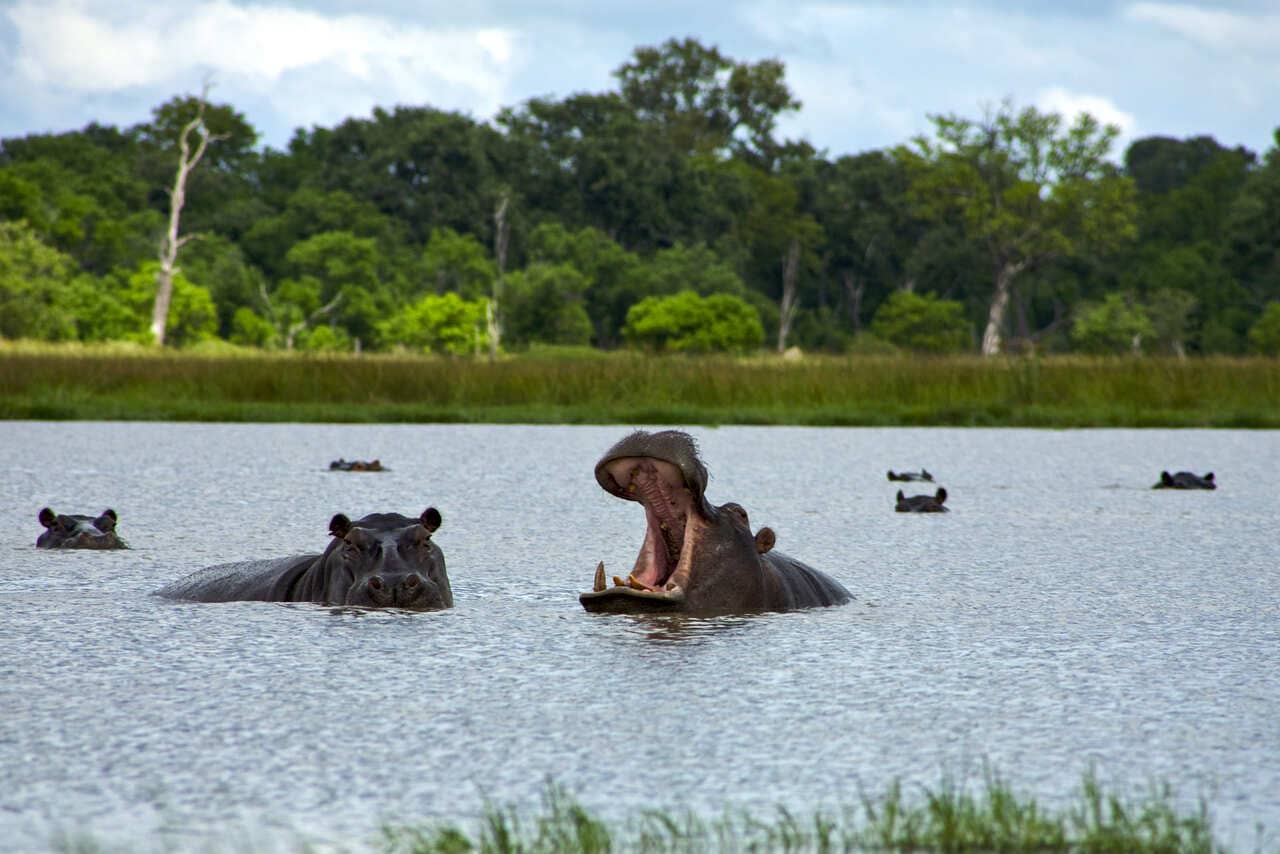
Best for: Big game viewing in lush delta terrain
While many safari-goers gravitate toward Africa’s more famous parks, Moremi Game Reserve remains one of Botswana’s best-kept secrets, offering a wild, untouched paradise where the safari feels deeply personal. Here, it’s not about the crowds. It’s about raw wilderness, intimate wildlife moments, and a sense of quiet wonder.
Set in the heart of Botswana, Moremi is a stunning mosaic of mopane woodlands, shimmering lagoons, golden floodplains, and open savannas. It’s one of the most ecologically diverse corners of Africa, a sanctuary teeming with life.
As the seasons shift, so does Moremi’s landscape. The rainy months transform it into a lush haven, bursting with over 1,000 species of plants and a chorus of birdlife. From the rich floodplains of Xakanaxa and Khwai in the north to the predator-laden wetlands of Black Pools and Xini in the southwest, Moremi is a place of constant discovery. Every moment feels like a scene from a nature documentary – but you’re in it.
Glide silently through papyrus-lined channels in a traditional mokoro canoe to spot hippos, or track lions and leopards across the open plains on a game drive. Elephant herds roam freely, cheetahs crouch in the grasses, buffalo thunder past, and if you’re lucky, you’ll lock eyes with the elusive African wild dog. Birders, prepare to be amazed when the skies come alive with fish eagles, jacanas, secretary birds, and countless others.
Book a full day trip to Moremi Game Reserve
Okavango Delta
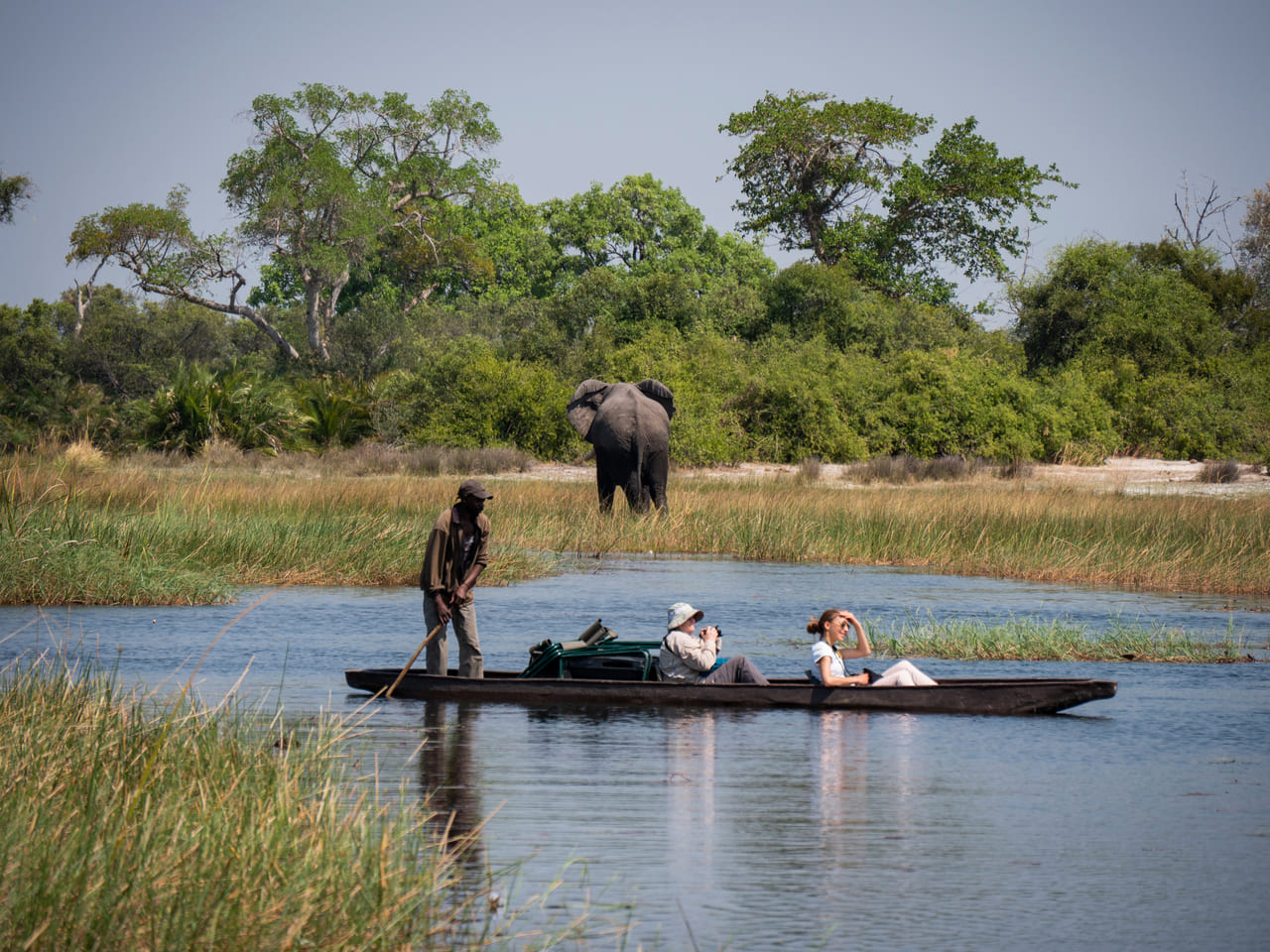
Best for: Serene mokoro rides, delta wildlife, and lush water-based game viewing
While Moremi Game Reserve offers a stunning gateway into the Okavango Delta’s magic, the true wonder of this UNESCO World Heritage Site lies in the vast wilderness beyond its boundaries. Here, you’ll find private concessions where off-road game drives and night safaris bring you face to face with the wild, and remote island camps accessible only by light aircraft that promise seclusion and serenity.
Glide through reed-fringed channels in a mokoro canoe, passing elephants on the banks and hippos basking in the shallows. Soar above the wetlands in a helicopter or hot air balloon for a bird’s-eye view of this labyrinth of lagoons and floodplains. Join expert guides on walking safaris through the Khwai Community Concession and feel the pulse of the Delta underfoot.
With over 400 species of birds and the chance to spot all the Big Five – lion, leopard, rhino, elephant, and buffalo; the Delta delivers awe at every turn. And beyond the wildlife, cultural encounters in the Panhandle offer a deeper connection, as you meet local communities, witness traditional performances, and discover the artistry that reflects Botswana’s rich heritage.
Central Kalahari Game Reserve
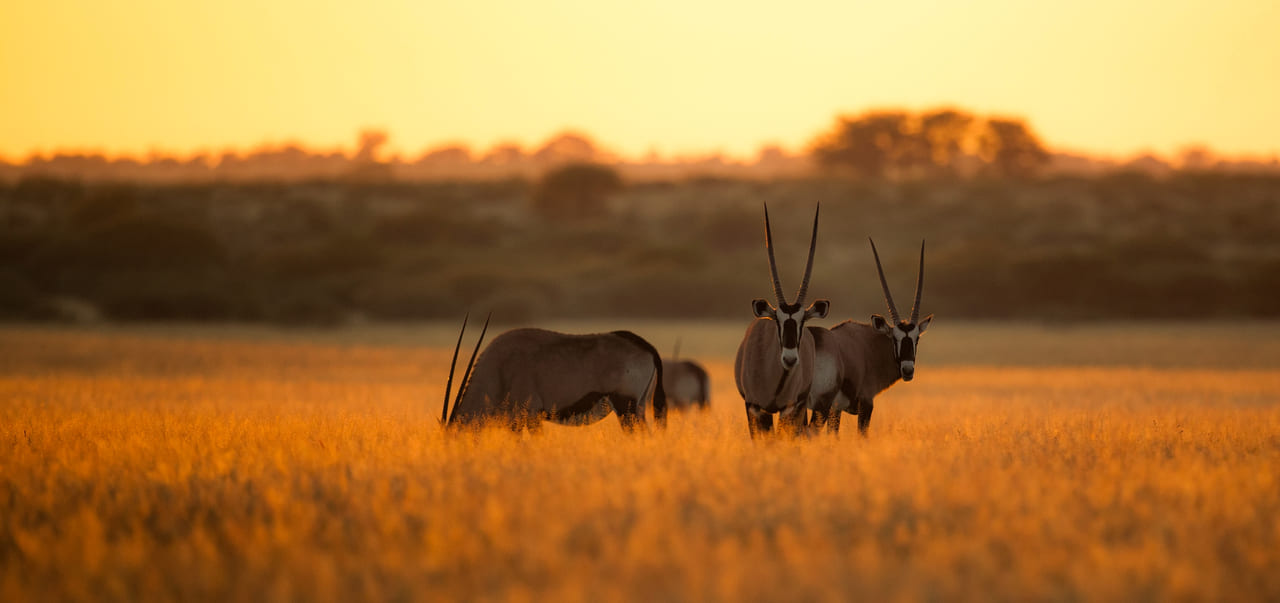
Best for: Wild camping, big cats, and cultural immersion
Spanning over 20,384 square miles, the Central Kalahari Game Reserve is one of the world’s largest and most remote protected areas. The endless sea of golden grasslands, iconic dunes, and pure wilderness offers unforgettable wildlife encounters with lions, cheetahs, elephants, antelopes and more, all roaming freely in their natural habitat.
Beyond wildlife, the reserve is also home to the San people, their skills in tracking, survival, and storytelling adds a rich cultural layer to an already unforgettable adventure.
Wild camping in the Central Kalahari means no fences, no frills. You’ll pitch your tent in remote, designated sites with only the essentials: water, a firepit, and the vast open sky. The solitude is humbling and profound, with no Wi-Fi or crowds, just a deep connection with nature. Evenings are magical as you cook over an open flame, listen to the distant calls of hyenas, and gaze at some of the clearest night skies on Earth, where constellations dance above the dunes.
Experience Bush camping in Kalahari
Khama Rhino Sanctuary
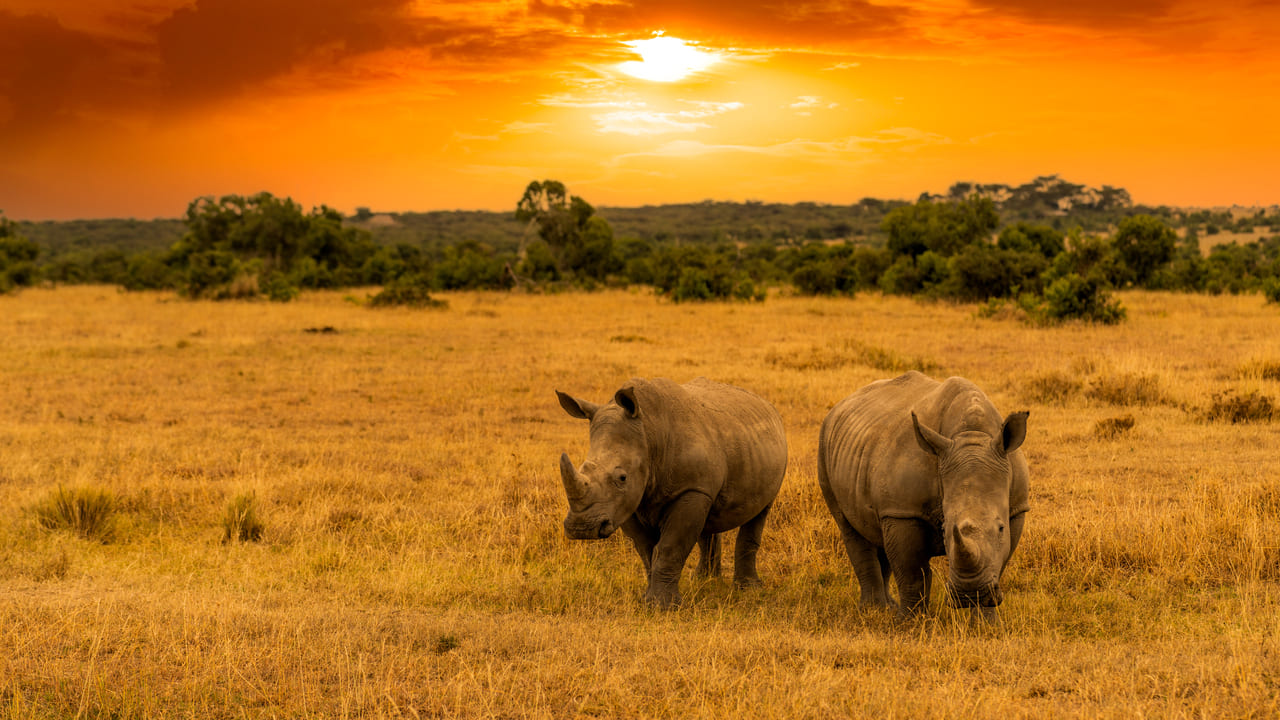
Best for: ethical rhino spotting in a community-run conservation area
Khama Rhino Sanctuary, tucked away in the heart of Botswana’s Central District, isn’t just another stop on a safari, it’s a powerful reminder of what’s worth protecting. A visit to this wildlife sanctuary, gives you a rare chance to see both black and white rhinos up close.
Hop into a 4×4 with your guide and begin your journey across landscapes that shift from pockets of shady acacia trees to sweeping golden plains. And then, through the morning mist, you may be able to spot massive, calm and almost prehistoric view of white and black rhinos grazing or scanning the horizon. It’s the kind of sighting that silences you, even if just for a moment.
But it doesn’t stop there. Giraffes browse in the distance, zebras cross your path, and the air carries the flutter and call of countless birds. By afternoon, the sun begins its slow descent, casting everything in a warm, golden glow. Around you, the savannah comes alive in hues of amber and ochre, each turn offering a scene you’ll want to freeze forever.
What makes Khama truly special isn’t just the wildlife, it’s the purpose. A sanctuary built on the pillars of conservation and sustainable tourism, it’s a place where protection and connection go hand in hand. Beside great photos, you leave the place feeling more inspired.
For a unique opportunity to see both the black rhino and the white rhino up-close book this tour.
Nata Bird Sanctuary
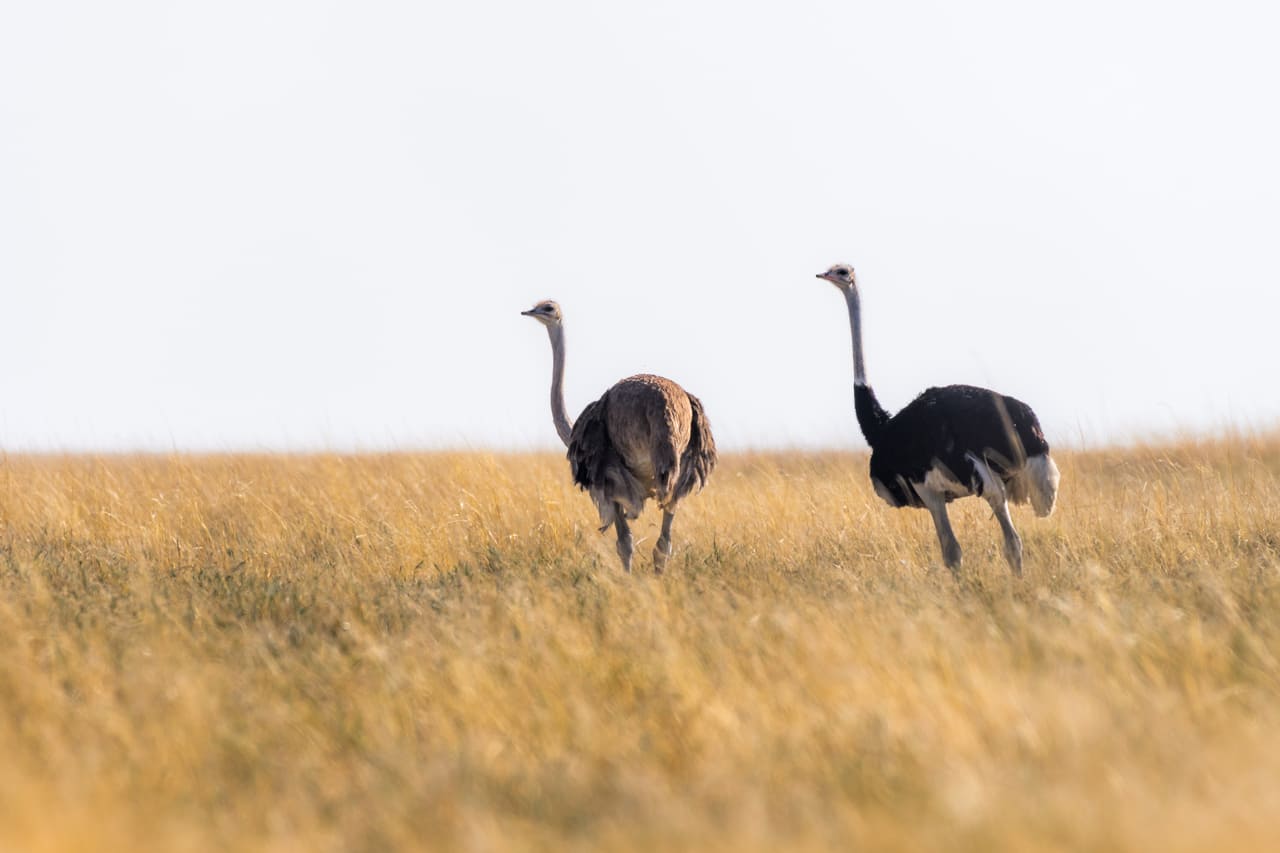
Best for: Ostriches in the dry season and during the rainy season spot flamingos, pelicans and other migratory birds around the salt pan.
Whether you’re a birding enthusiast a nature-loving traveler or a photographer drawn to the thrill of spotting rare birds in their natural habitat, Nata Bird Sanctuary in northeastern Botswana is your kind of paradise. Tucked along the edge of the Makgadikgadi salt pans, this 88.8 square miles sanctuary is a haven for birdlife and a hidden gem for travelers craving something beyond the usual safari circuit.
During the dry season, visitors can encounter a diverse range of wildlife, including ostriches, zebras, wildebeest, and various antelope species. During the wet season, the Nata River floods the pans, thousands of flamingos paint the water pink, pelicans glide overhead, and over 165 bird species turn the skies into a living canvas.
Makgadikgadi & Nxai National Parks
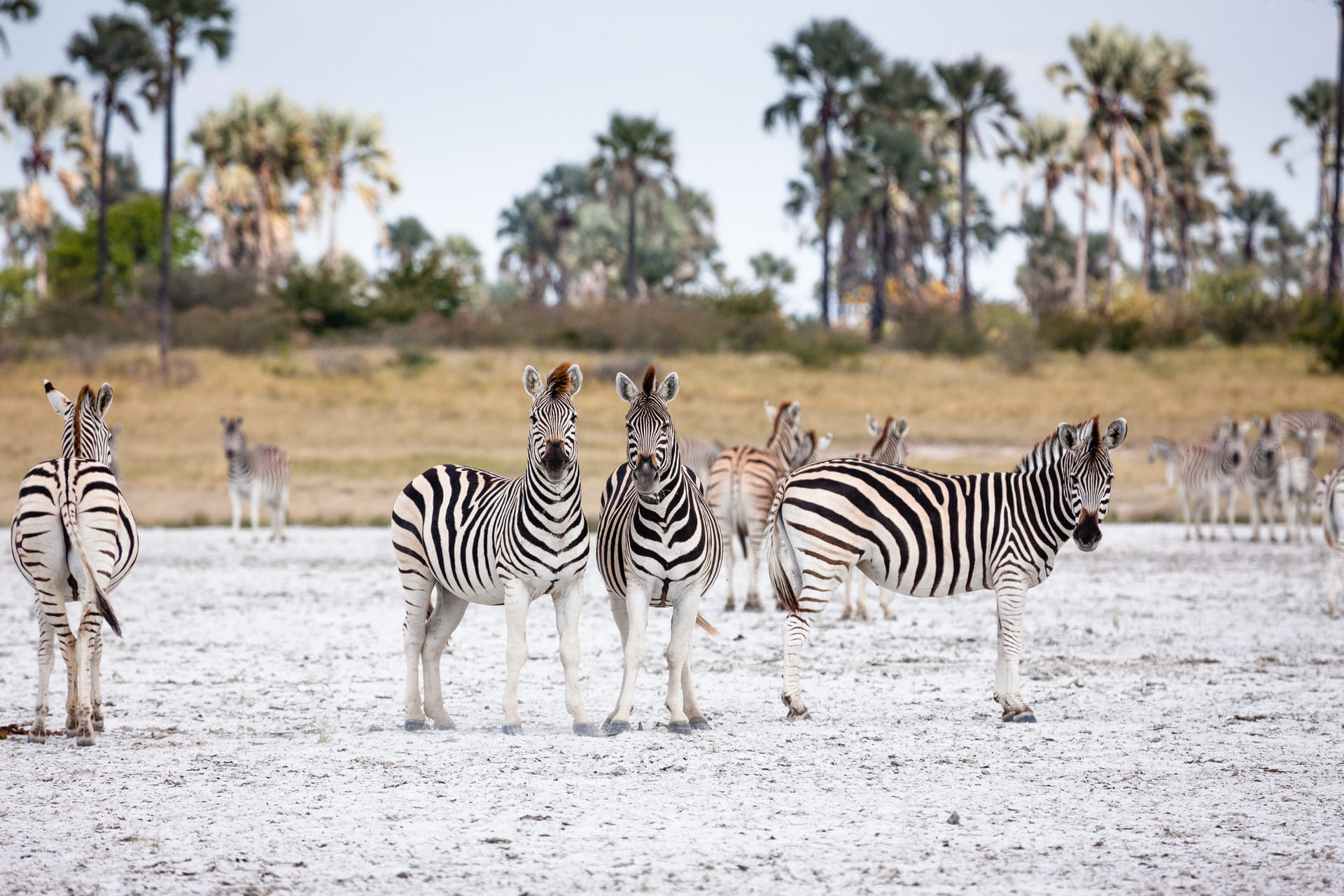
Best for: scenic safaris, surreal salt flats, and seasonal zebra migration
Makgadikgadi, one of the largest salt pans on Earth, is a remnant of a massive prehistoric lake. Its vast, shimmering white expanse stretches as far as the eye can see, creating a dreamlike backdrop where zebras migrate in mesmerizing herds and meerkats pop out of their burrows, completely unfazed by human presence.
Just to the north lies Nxai Pan, a seemingly different world altogether. During the rainy season, the dusty plains transform into lush green pastures that attract a diverse array of wildlife – from springbok and elephants to lions and other predators following the water. Towering above the landscape are Baines’ Baobabs, centuries-old giants that create a dramatic and photogenic silhouette at sunrise and sunset. Together, these parks deliver a surreal, deeply memorable experience that stays with you long after your journey ends.
For a soul-stirring experience book a fifteen-day mobile camping safari that weaves through Botswana’s most iconic national reserves.
Start Your Botswana Safari Journey Today
Whether you’re craving solitude, cultural richness, or extraordinary wildlife encounters, a Botswana wildlife safari experience stays with you long after you’ve returned home.
Getting there is simple, fly into Botswana with Ethiopian Airlines, connect effortlessly via regional flights with Air Botswana, or take to the skies in a private charter to reach exclusive safari camps deep in the wilderness.
Flying to Botswana? What You Need to Know
Q: Which Flights Offer the Easiest Access Between Major Safari Spots?
A: Air Botswana, the country’s national airline, provides good connectivity to major destinations like Maun, Kasane and Gaborone.
Q: What is the best time to go on a safari in Botswana?
A: The dry season from May to October is ideal for wildlife sightings as animals gather near water sources.
Q: Which parks in Botswana are best for first-time safari-goers?
A: Chobe National Park and the Okavango Delta are great starting points, offering diverse wildlife and safari options.
Q: What type of wildlife can I expect to see in Botswana?
A: The variety of habitats in Botswana ensures diverse sightings. The country is home to the Big Five (lion, leopard, elephant, buffalo, and rhino), cheetahs, wild dogs, giraffes, hippos, crocodiles, and over 500 bird species.
Q: Are Botswana safaris eco-friendly?
A: The camps, eco-lodges and tour operators follow strict conservation policies and sustainable safari practices, aiming to protect wildlife and preserve the environment.
Q: Do I need a visa to visit Botswana?
A: Visitors from the US and EU countries do not require a visa for stays of up to 90 days.
Q: What should I pack for a Botswana safari?
A: Essentials include light, neutral-colored clothing, a wide-brimmed hat, sunscreen, insect repellent, binoculars, a camera, and a good pair of walking shoes.
Q: How much should I budget for a safari in Botswana?
A: Safaris in Botswana can range from $200 to $1,000+ per day, depending on the type of accommodation, level of luxury, and the activities included (e.g., game drives, mokoro rides, or walking safaris). It’s recommended to budget for at least 3-5 days to experience the best of the country.
